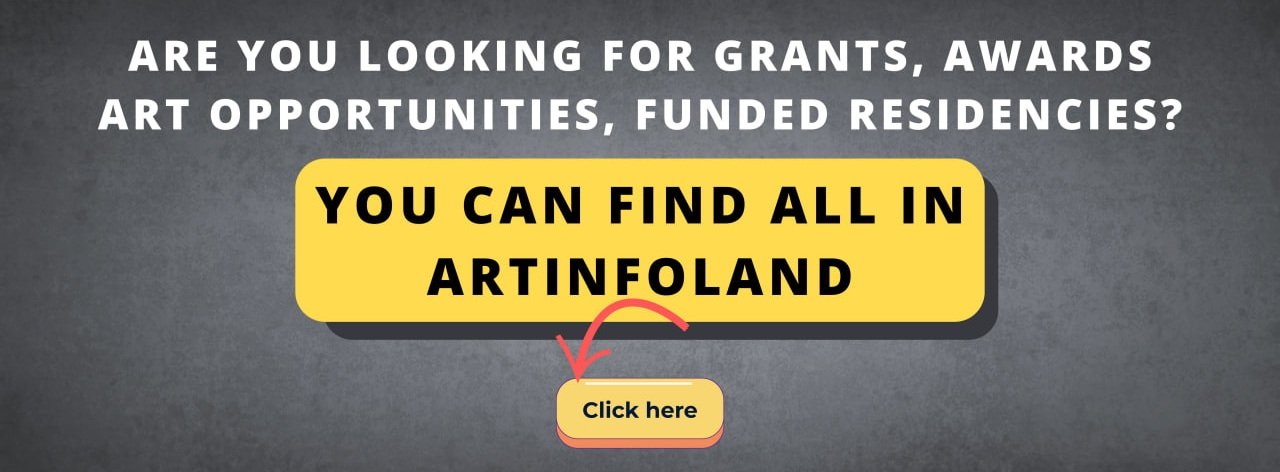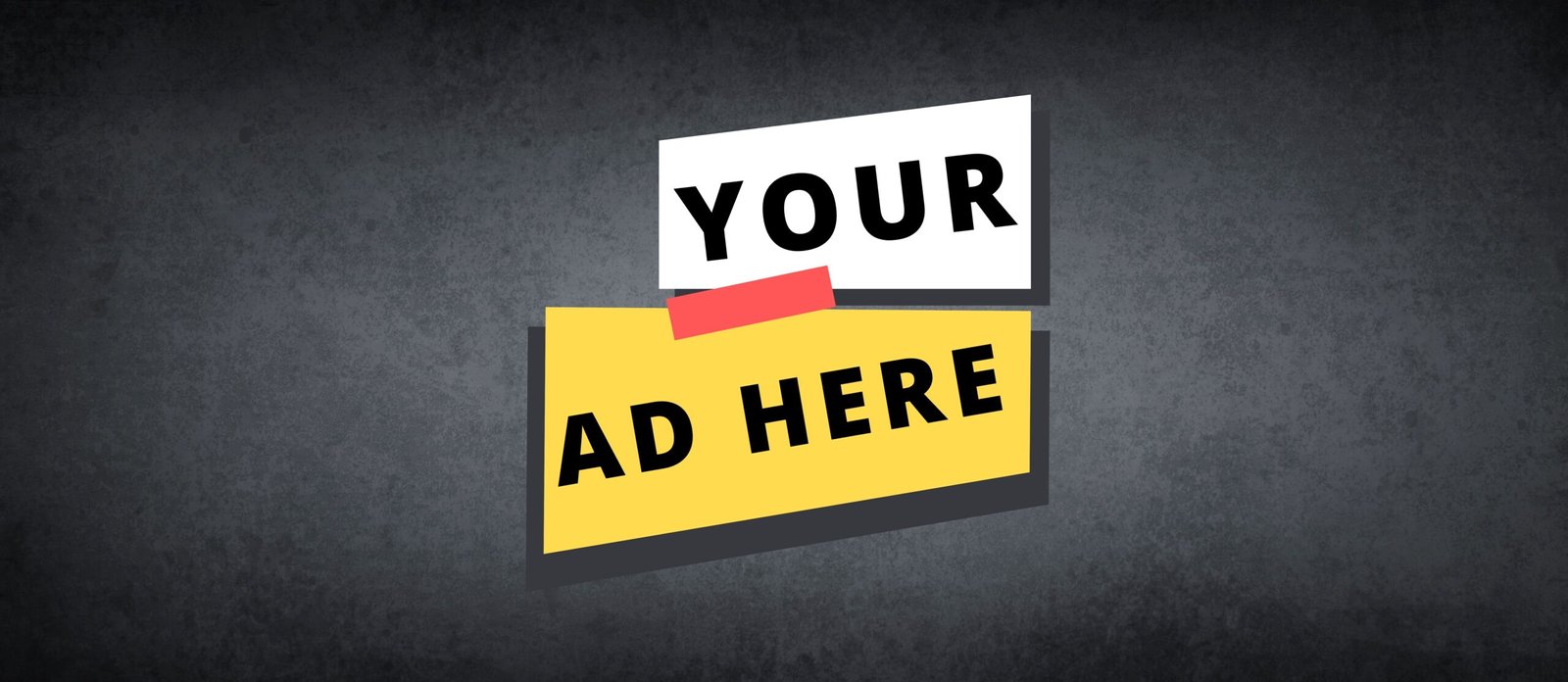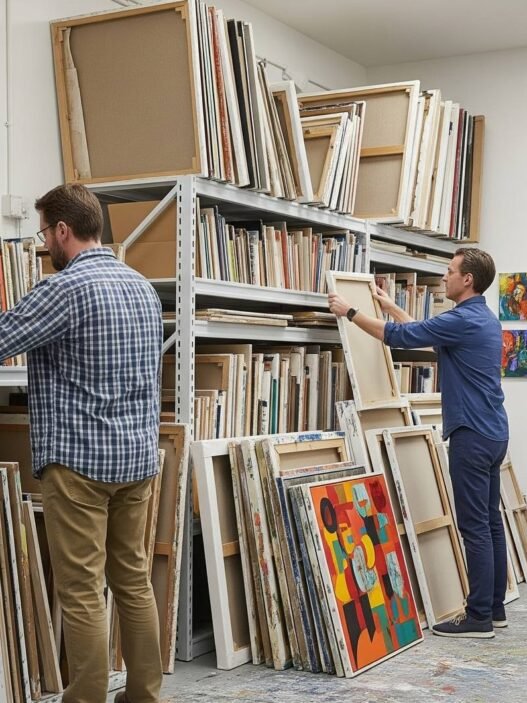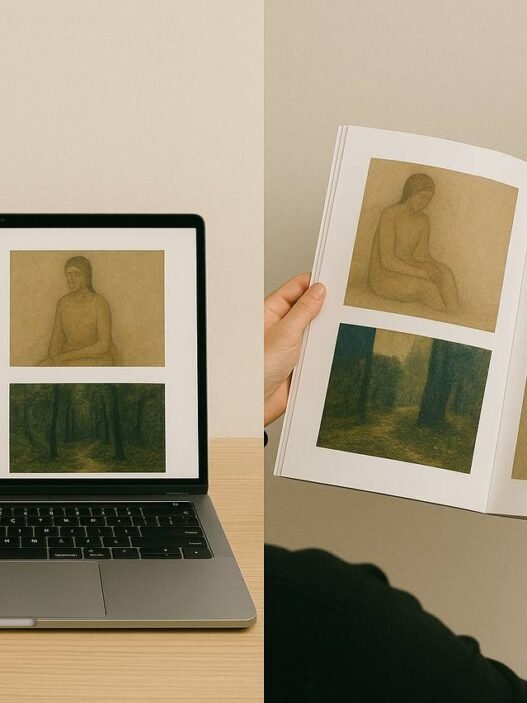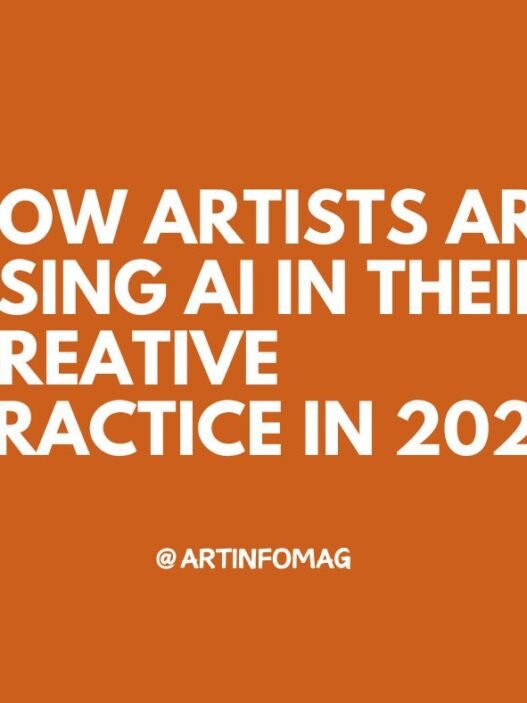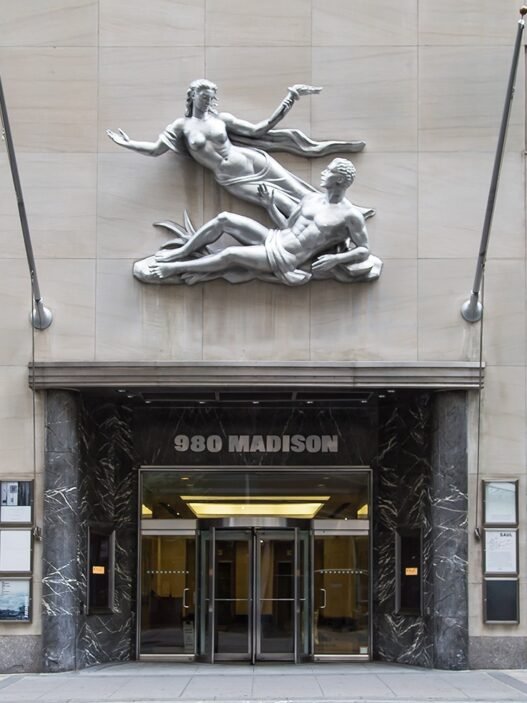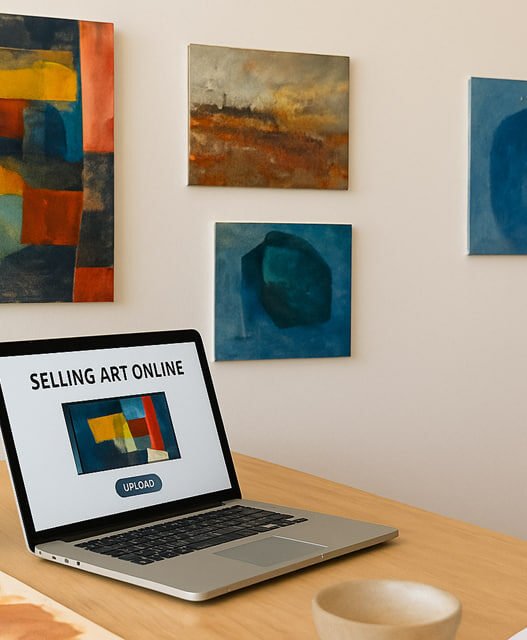In the evolving art world of 2025, art licensing has become an increasingly vital tool for artists to monetize their work, expand their reach, and protect their creative rights. At Artinfoland Magazine, we’re here to break down what art licensing is, why it’s important, and how artists can leverage it to build sustainable careers while safeguarding their artistic legacy.
What is Art Licensing?
Art licensing is a legal agreement where an artist (the licensor) grants permission to a third party (the licensee) to use their artwork for specific purposes, such as reproducing it on products, in advertising, or for digital media. In return, the artist typically receives royalties—often 5-10% of the product’s retail price—or a flat fee. The artwork remains the artist’s intellectual property, and the license outlines the terms, such as duration, geographic scope, and usage rights.
For example, a painter might license their floral design to a home decor company for use on throw pillows, or a digital artist might allow their illustration to be featured on a brand’s packaging. Licensing can cover various mediums, including paintings, illustrations, photography, and even sculptures adapted into product designs. In 2025, with the rise of digital platforms and e-commerce, licensing opportunities have expanded, making it easier for artists to collaborate with brands globally.
Why Art Licensing is Important for Artists
Art licensing offers several benefits that can significantly impact an artist’s career, financial stability, and creative control. Here’s why it matters:
- Generate Passive Income: Licensing allows artists to earn royalties from their work repeatedly without additional effort. A single piece licensed for use on stationery, apparel, or digital products can provide a steady income stream, complementing direct sales or commissions. In 2025, as online marketplaces like Etsy and Society6 thrive, licensing offers a scalable revenue model.
- Expand Audience Reach: By licensing artwork to companies with established distribution networks, artists can reach new audiences who might not encounter their work in galleries or studios. For instance, licensing a design for a phone case sold globally can introduce an artist’s style to millions, increasing their visibility and potential for future sales.
- Protect Creative Rights: Licensing agreements clearly define how artwork can be used, ensuring artists retain ownership and control. This is crucial in 2025, with digital art and NFTs raising concerns about unauthorized use. A well-drafted license can prevent misuse, such as a company altering your work without permission, while specifying rights like reproduction or modification.
- Diversify Opportunities: Licensing opens doors to industries beyond traditional art markets, such as fashion, home decor, publishing, and advertising. In 2025, trends like nature-inspired designs and nostalgic aesthetics create demand for licensed art, allowing artists to collaborate with brands seeking unique visuals to stand out in a competitive market.
- Build Long-Term Partnerships: Successful licensing deals often lead to ongoing collaborations with brands, galleries, or manufacturers. For example, an artist licensing their work to a greeting card company might secure annual contracts, providing stability in an often unpredictable career.
How Art Licensing Works in Practice
The licensing process typically involves a few key steps:
- Create Marketable Work: Focus on art that translates well to products—think versatile designs, patterns, or illustrations with broad appeal. In 2025, biophilic art or retro-inspired styles are particularly in demand for licensing.
- Find Licensing Opportunities: Research companies that align with your style, such as home decor brands, apparel companies, or digital platforms. Websites like Art Licensing International or trade shows like Surtex can connect artists with potential licensees.
- Negotiate Terms: Work with the licensee to define the scope of use, royalty rates, and contract duration. For example, a license might grant a company the right to use your artwork on mugs for two years in North America only. Consulting a lawyer or using a template from an artist’s guild can ensure fair terms.
- Monitor Usage and Collect Royalties: Once the agreement is in place, track how your work is used and ensure timely royalty payments. In 2025, digital tools like blockchain can help verify usage and streamline payments, especially for digital art.
Challenges to Consider
While art licensing offers many benefits, it comes with challenges. Negotiating fair terms can be complex, especially for emerging artists unfamiliar with contracts. There’s also the risk of overexposure—licensing a design too broadly might dilute its uniqueness. Artists should carefully vet licensees and limit usage rights to maintain their work’s value.
Why Licensing Matters in 2025
In today’s art landscape, where online platforms and digital engagement dominate, licensing is a powerful way for artists to adapt to market trends. With 55% of galleries increasing digital content and online sales surpassing $12 billion globally in 2025, licensing allows artists to tap into e-commerce growth, from print-on-demand products to digital downloads. It also aligns with the rise of collaborative trends, as brands increasingly seek authentic, artist-driven designs to connect with consumers.
Getting Started with Art Licensing
- Build a Portfolio: Curate a collection of licensable work, focusing on cohesive themes or styles that appeal to specific industries.
- Research the Market: Identify brands or platforms that match your aesthetic, and study their licensing needs.
- Protect Your Work: Register your artwork with a copyright office to strengthen your legal rights before licensing.
- Seek Support: Join artist communities or licensing agencies to learn best practices and connect with opportunities.
Art licensing is a gateway to financial stability, broader exposure, and creative control for artists in 2025. At Artinfoland, we encourage you to explore this avenue to grow your career while protecting your artistic vision. Start licensing your work today and watch your art reach new heights!









